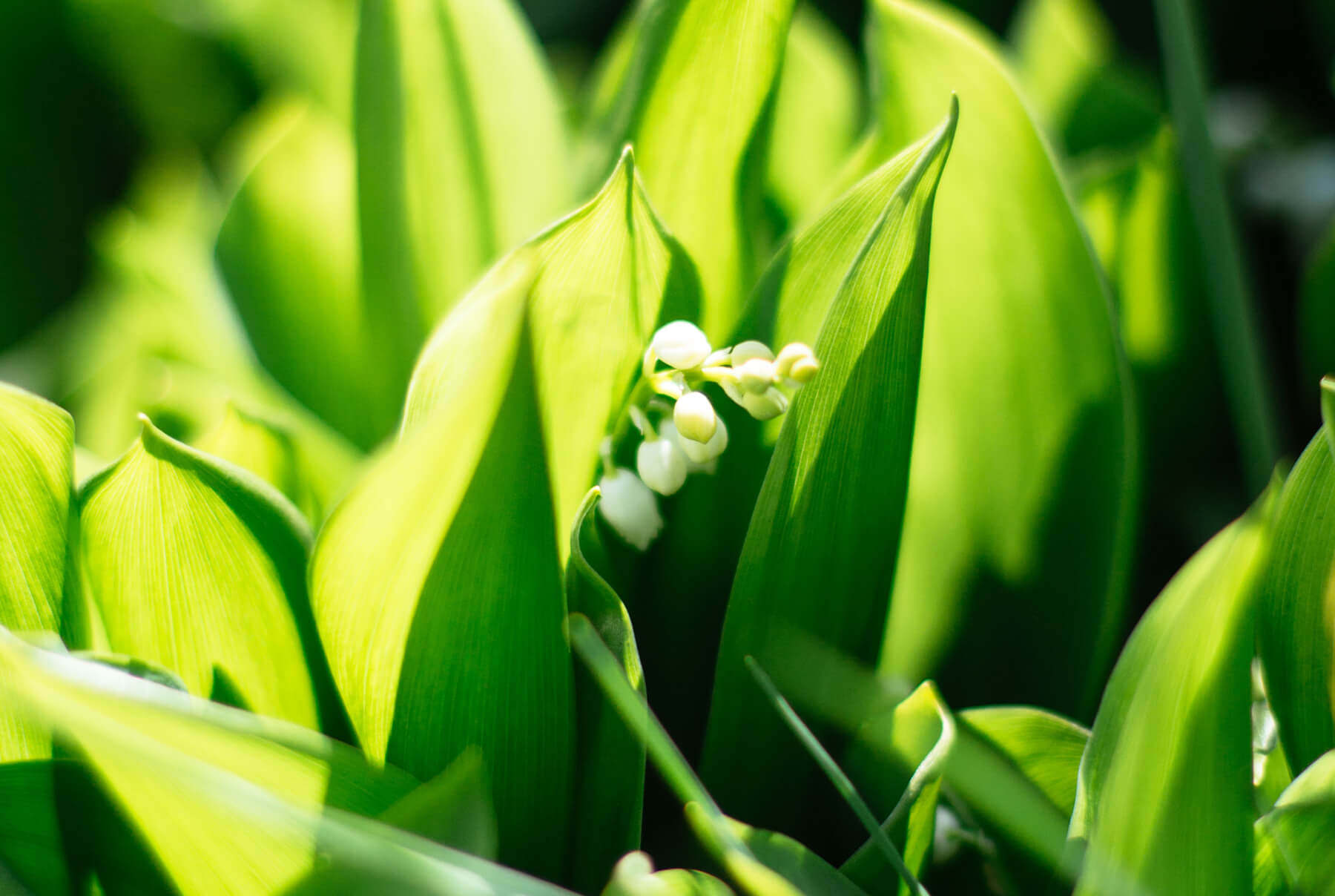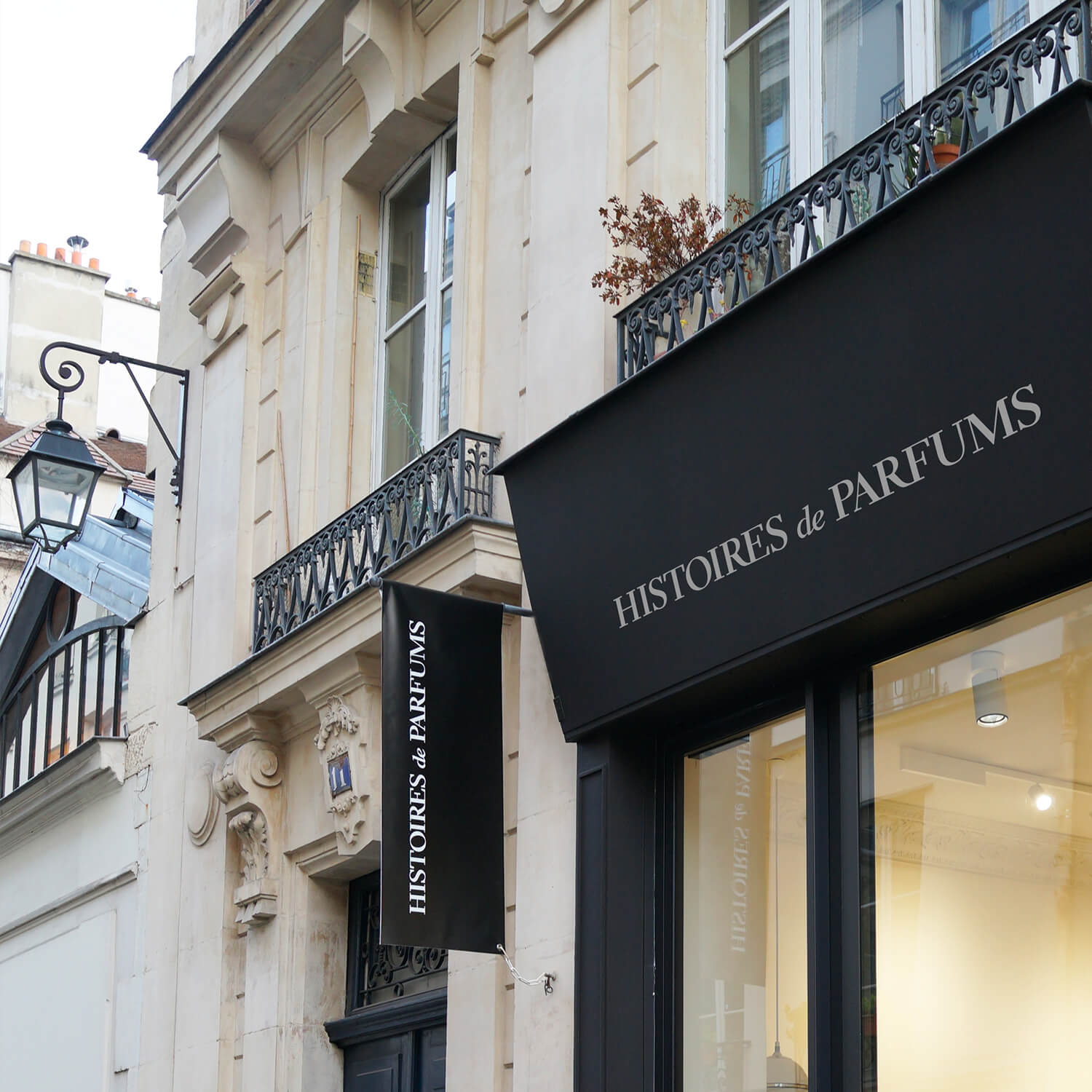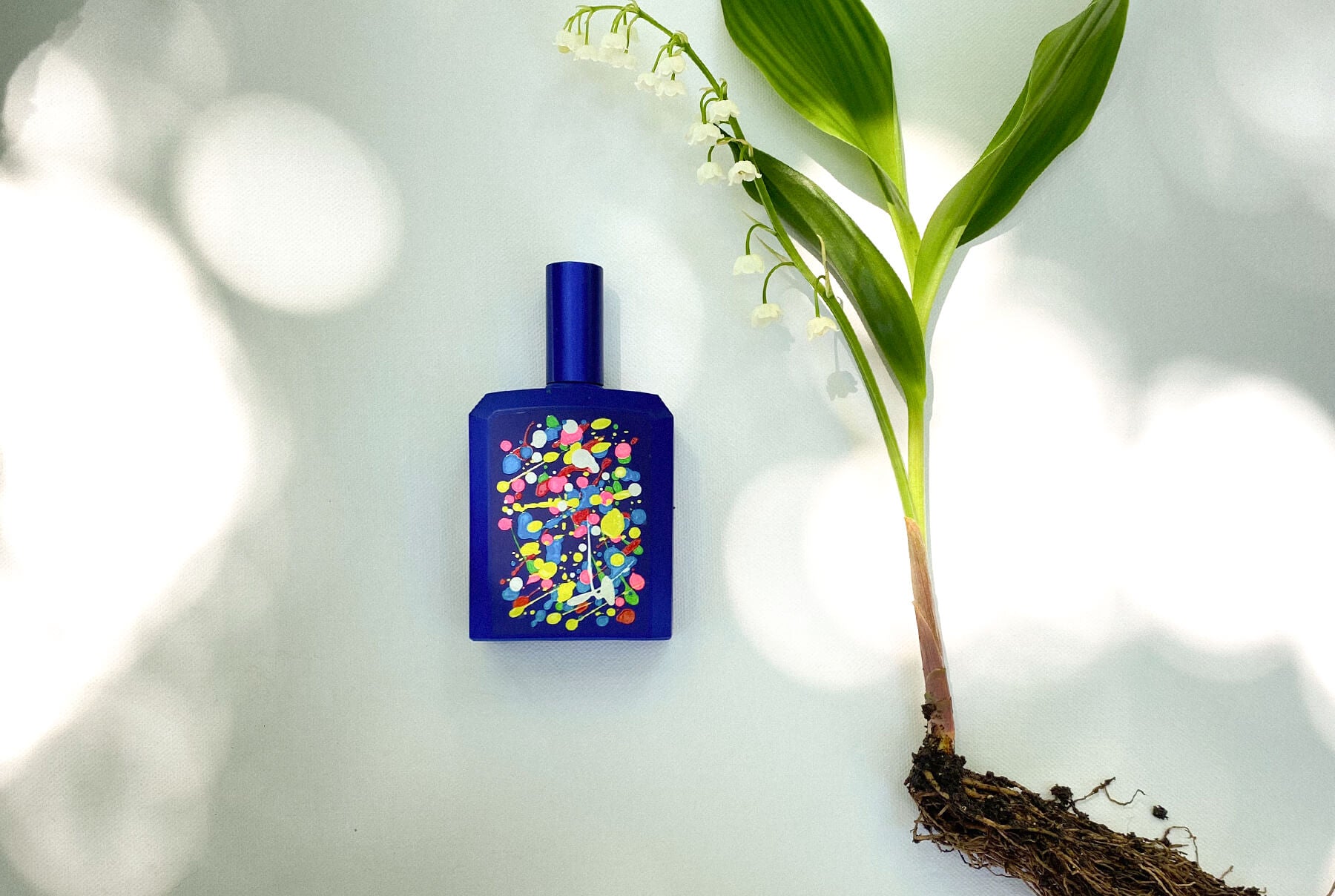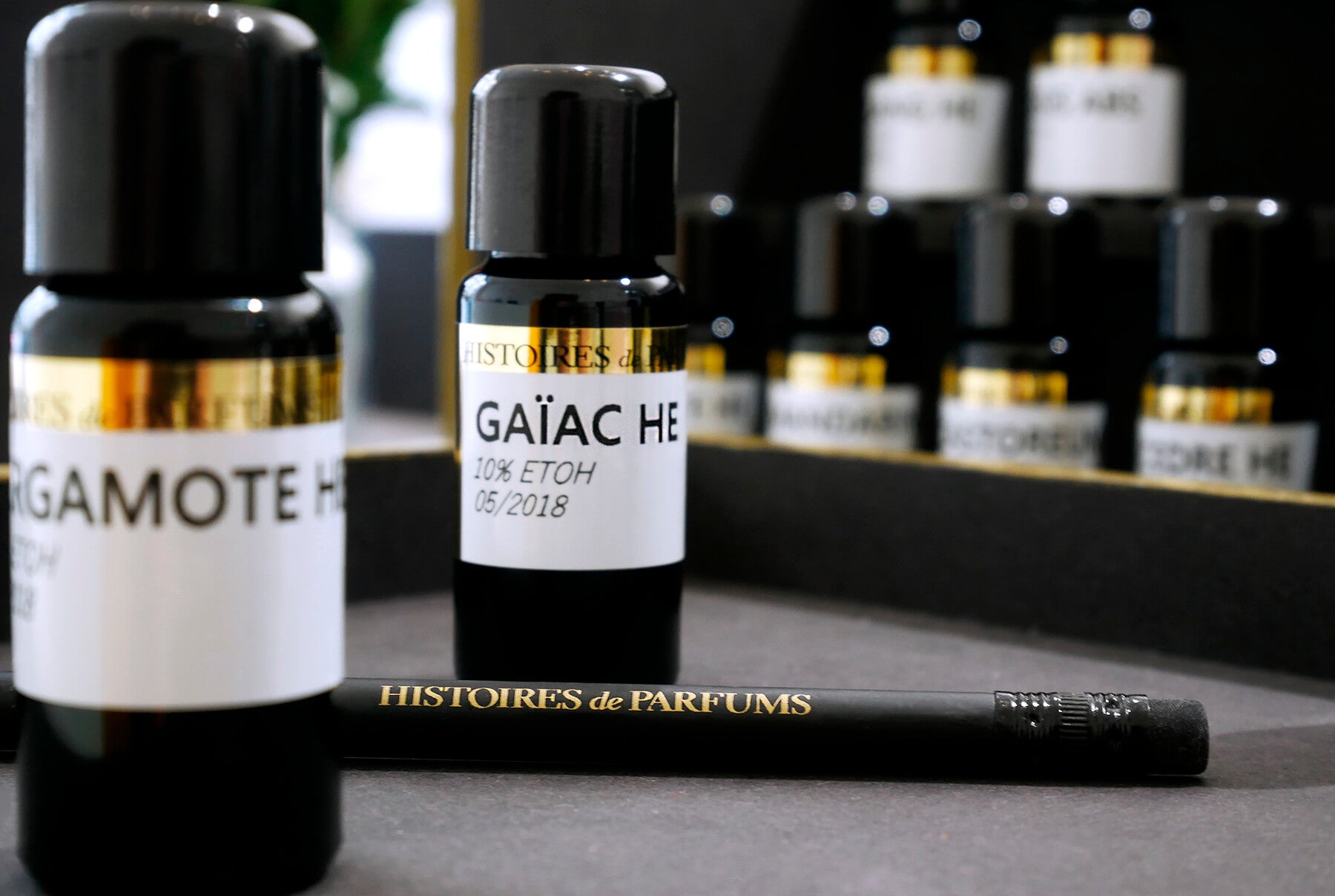
The Muguet of Mayday
In this month of May, the ambler in France can witness a most prodigious, cyclical and inevitable phenomenon that, having survived the plethora of political regimes that France has known in its millennium of existence, still follows a well-oiled mechanism known by all. None can escape it. Believers or atheists, whigs or tories, children, the elderly, couples or singles – come Mayday, everyone offers or receives a bouquet of lily of the valley. Whether they like it or not.
But where does this strange, French, habit come from?
We owe this tradition to King Charles IX. In 1560, while visiting the Dauphiné province with his mother the Queen, the young King received a bouquet of lily of the valley from a knight. Touched by this attention, he ordered that it "be done like this every year" and since then, it became customary in France, on May the 1st, to offer a bouquet of lily of the valley to those whom we like or love as a token of friendship or good luck.
We could leave it at that, but France and the lily of the valley have a very long history.
This royal flower was above all Biblical. It all stemmed from a poor translation of the Hebrew word “shoshannath” -which meaning was lost to the Hebrews themselves. It appears in the Song of Songs and when translating it to Latin, Saint Jerome changed shoshannath to lilium convallium which literally means “lis de la vallée” or in English... lily of the valley. As of any other white flowers, it soon became a Marian symbol, representing the tears she shed at the foot of the Cross. It should also be pointed out that during the high mediaeval period, the French word lis meant any garden or river flower, as long as it was white and carried a good fragrance, like the lily of course but also like the iris - the real kingly fleur de lys - or even our good lis de la vallée, the word muguet only appearing in French around the 12th century.
Formed around the root muge -which will give musk and nutmeg- the word muguet above all referred to the perfume of this flower, comparable to that of musk in power and in beauty. As such, it often came up in French poetry. De Rémi makes of it a bed on which two lovers lie, Machaut spikes it with violets, Froissart notes that it was appreciated, though less than the rose but in as much "the pyone (sic) or the marigold". Whether it was called muget, mugest or muguet, it is clear that it was popular as early as the 12th century and this popularity grew.
At the turn of the 15th century, the gallants of the court would decorate their doublets with shrubs of muguet, women would weave tiaras with it and the muguet became synonymous with flirtatious banter and light-hearted love, so much that the verb "mugueter" meant "to court” until it fell into disuse at the end of the 19th century.
The French Revolution did not bode well for the flower of kings and aristocrats. During these troubles, it became the emblem of the muscadins, the young, pampered and “musked” royalists who took up arms against the sans-culottes in Lyon then in Paris. Thrown in jail, they swiftly fell into oblivion and the muguet, now too closely associated with the monarchy, had to fall as well – and thus the tradition of May Day was forsaken.
Or was it?
A century after the storming of the Bastille, the International Socialist Congress in Paris declared May Day the International Workers' Day in memory of the demonstrations that had taken place a few years earlier in Chicago and led to the deaths of several dozen strikers. That day, they also decided to wear a red triangle on their lapels every May Day as a sign of solidarity and remembrance of the blood shed by their American comrades.
Two years later, on May Day 1891, a host of civilians gathered in Fourmies in the North of France and marched to demand the 8-hour workday, like the Chicagoans before but the demonstration was violently repressed. The soldiers fired at the crowd, nine people were killed, including four children, and thirty were injured. Amongst them was Maria Blondeau, a young woman, barely 18 years of age, who died holding a bouquet of rosehips. In her memory, the red triangle was replaced by a rosehip, which became the flower of May Day but muguet had not uttered its last words yet.
It resurfaced in 1907 thanks to the Parisian press. L'Humanité wrote that "May 1st is not only a day of workers' demands. It is also the feast of the muguet." The white flower regained popularity, it became feminine and frivolous but most of all, more than the rosehip ever did, it symbolised the struggle of workers who had to sell bunches of muguet on the streets on May Day to make a decent living-wage. The battle between the red and the white raged again as it once did during the Commune, only to be settled during the Nazi Occupation.
In 1941, Marshal Pétain declared May Day a public holiday, but as he wouldn’t let the Left take the credit for it, he formally banned anyone from wearing a rosehip on their lapel, only allowing them to wear a shrub of muguet. This ban was eventually lifted in 1948 but it was too late, the muguet had already erased the rosehip from people’s memories and so, a biblical and royal flower became the emblem of a revolutionary struggle, somewhat whitewashing the memory, too bloody in the eyes of the government, of Maria Blondeau, of Fourmies and of Chicago...






Leave a comment
This site is protected by hCaptcha and the hCaptcha Privacy Policy and Terms of Service apply.